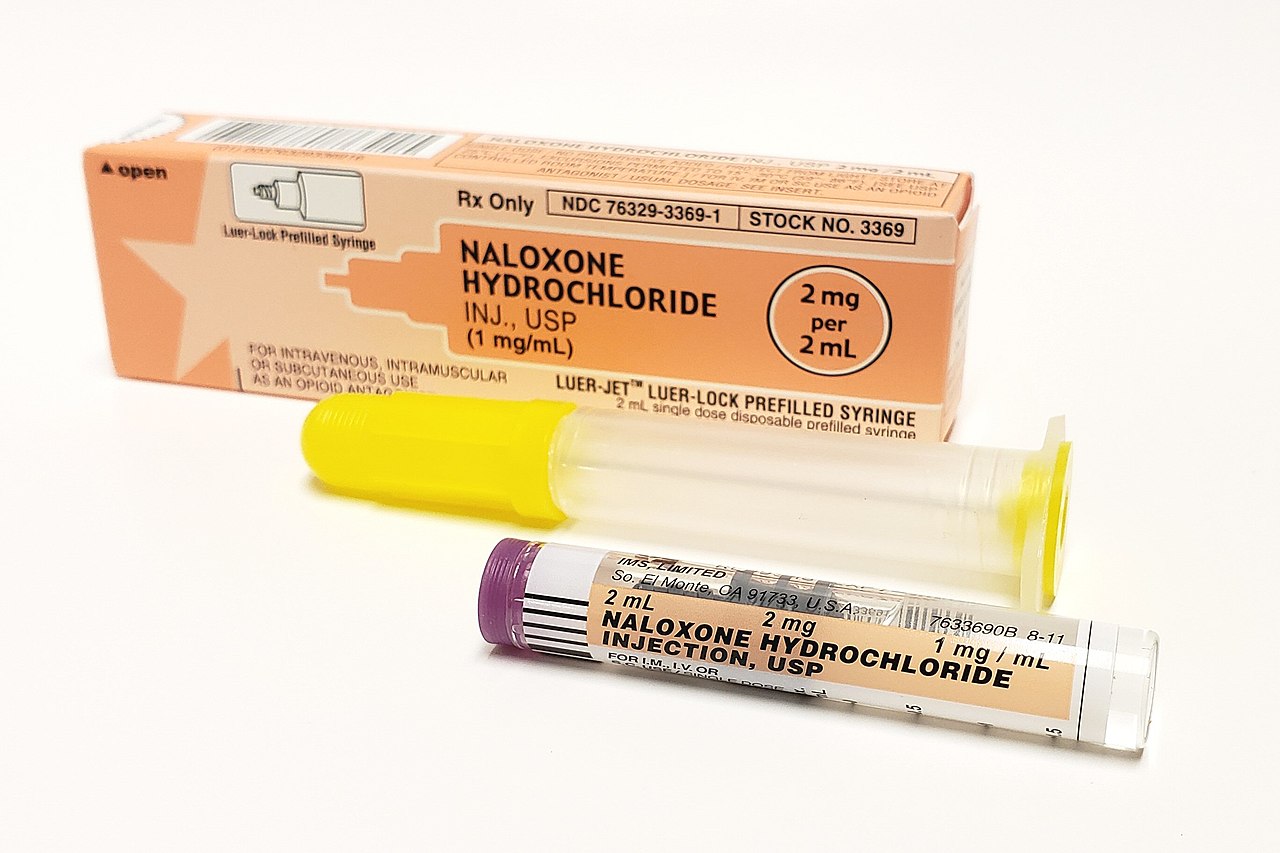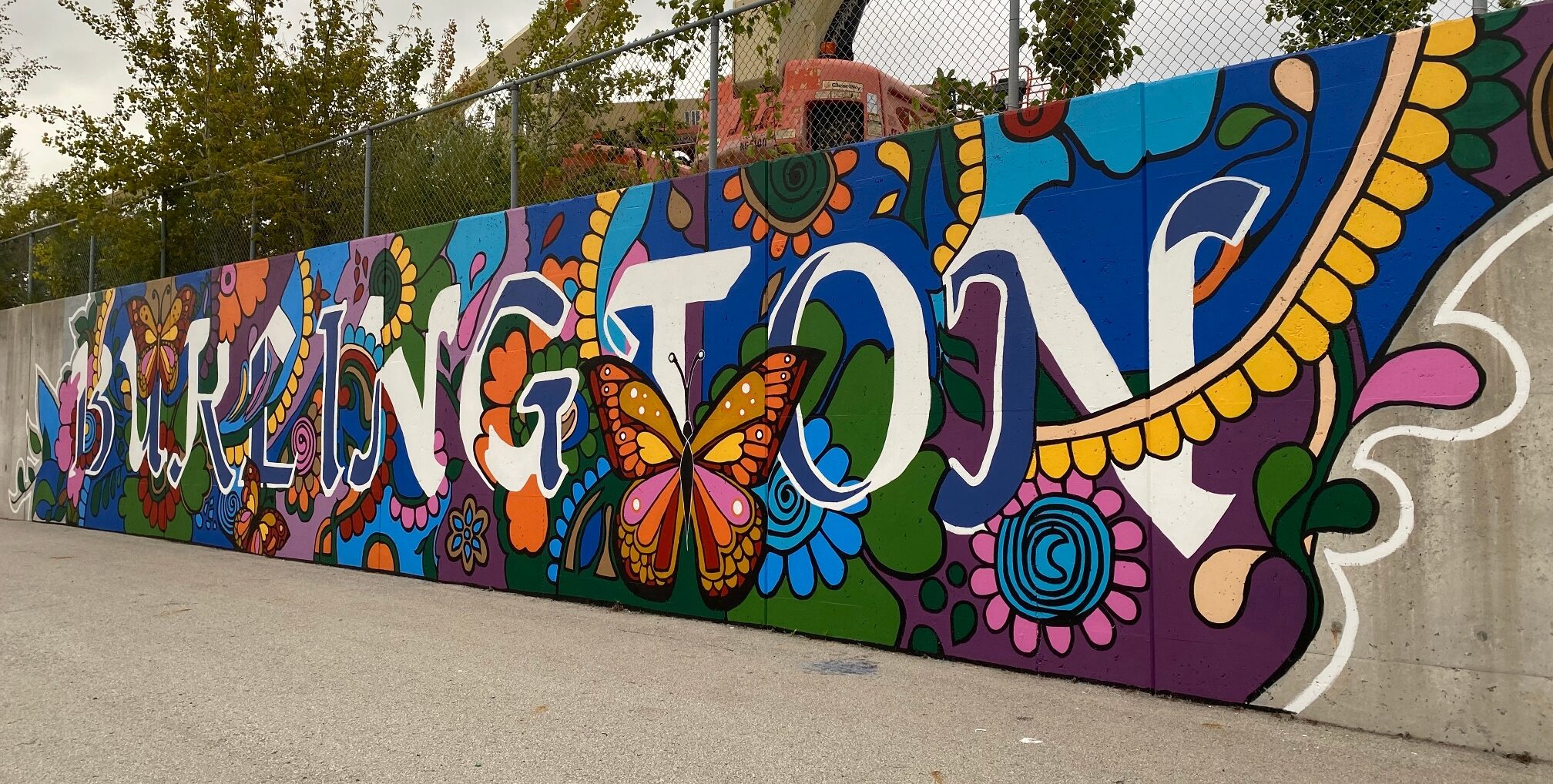Halton Regional Police Service (HRPS) announced this week that naloxone kits are now available for free to anyone who would like one. Naloxone is a fast-acting medication used to stop or temporarily reverse overdoses of opioids.
The kits, which contain two doses of Narcan (naloxone) nasal spray, a pair of gloves, a rescue breathing barrier, and an instruction pamphlet, are now available at HRPS Central Lock-Up in Oakville, at 95 Oak Walk Dr. The media release notes that the kits will be offered to anyone who wishes to have one, “no questions asked.”
After being administered to people who are experiencing an opioid overdose, naloxone begins working in one to five minutes, and remains active for 30 to 90 minutes — generally time enough to be reached by emergency services. Naloxone stops or reverses overdoses by blocking the effects of opioids (including heroin, fentanyl, and prescription opioids), and does no harm if the overdose was caused by a non-opioid drug.
While naloxone administration training has been given to all uniformed HRPS members since 2018, this initiative aims to make it easier to have a lifesaving dose nearby when it is needed. As HRPS Chief Stephen Tanner noted in the media release, “The safety and well-being of those we serve is paramount. While Naloxone kits are available at a number of locations across the region, by expanding our program in this way, and by continuing to work with our community partners, we are helping reduce barriers and stigma – not only when it comes to accessing this lifesaving measure but connecting those wishing it with valuable community-based supports and resources.”
If you suspect that someone is overdosing, immediately call 911; the Good Samaritan Drug Overdose Act protects those seeking emergency support during an overdose, so that people calling 911 for an overdose emergency will not be charged for offences such as simple possession.
Signs of an overdose include blue lips or nails; dizziness and confusion; very small pupils; difficulty walking, talking, or staying awake; cold, clammy skin; extreme drowsiness; choking, gurgling, or snoring sounds; slow, weak, or no breathing; inability to wake up, even if being shaken or shouted at.
Opioid overdose remains an issue in Halton Region; from Jan. 1 to Sept. 30 of this year, Halton Region Paramedic Services have responded to 122 calls for suspected opioid overdose. In Burlington alone, 53 suspected opioid overdose calls occurred between Oct. 2021 and Sept. 2022. Joseph Brant Hospital received 37 emergency department visits from people with confirmed opioid overdoses between April 2021 and March 2022.
Sources:
Centers for Disease Control and Prevention. Lifesaving naloxone. Url: https://www.cdc.gov/stopoverdose/naloxone/index.html (accessed Nov. 16, 2022).
Halton Region. 2022. Opioid monitoring — September 2022. Url: https://us10.campaign-archive.com/?u=001dff799680d7517f4afdcf9&id=2425f3e13c (accessed Nov. 16, 2022).
Halton Regional Police Service. 2022. Halton Regional Police Service expands the availability of lifesaving naloxone kits. News release. Url: https://www.haltonpolice.ca/en/news/halton-regional-police-service-expands-the-availability-of-lifesaving-naloxone-kits.aspx (accessed Nov. 16, 2022).



